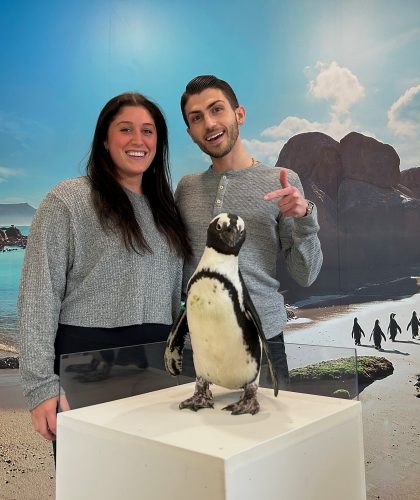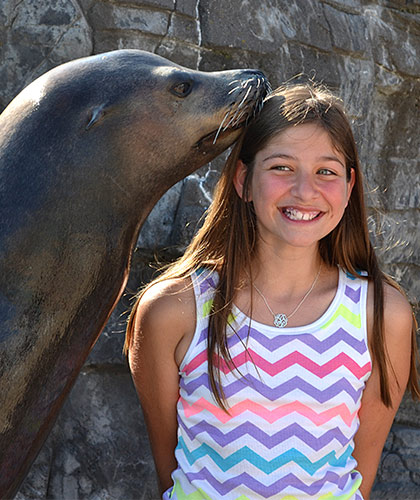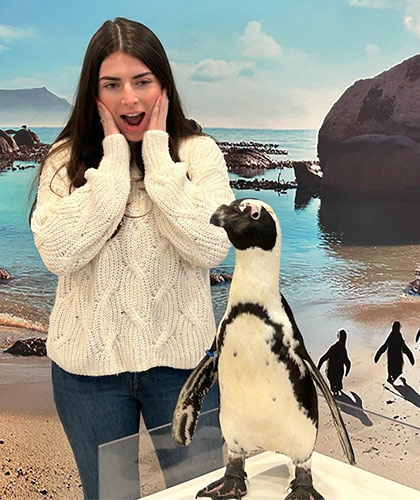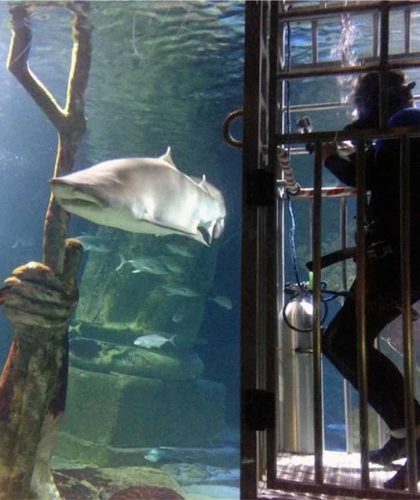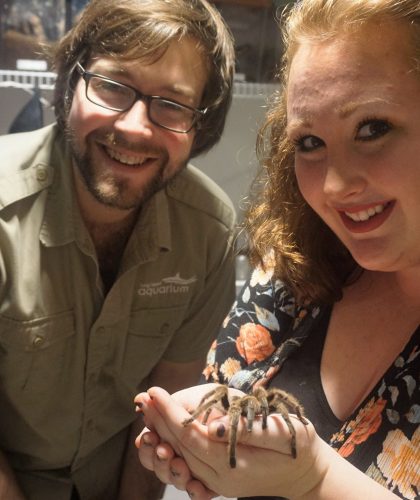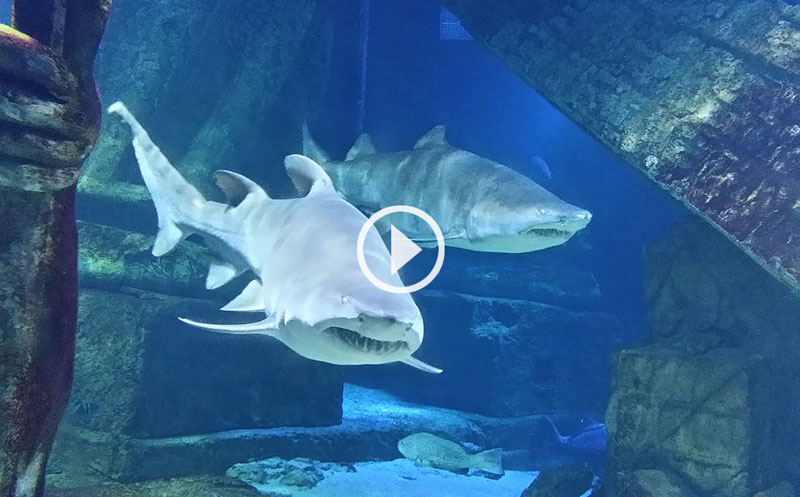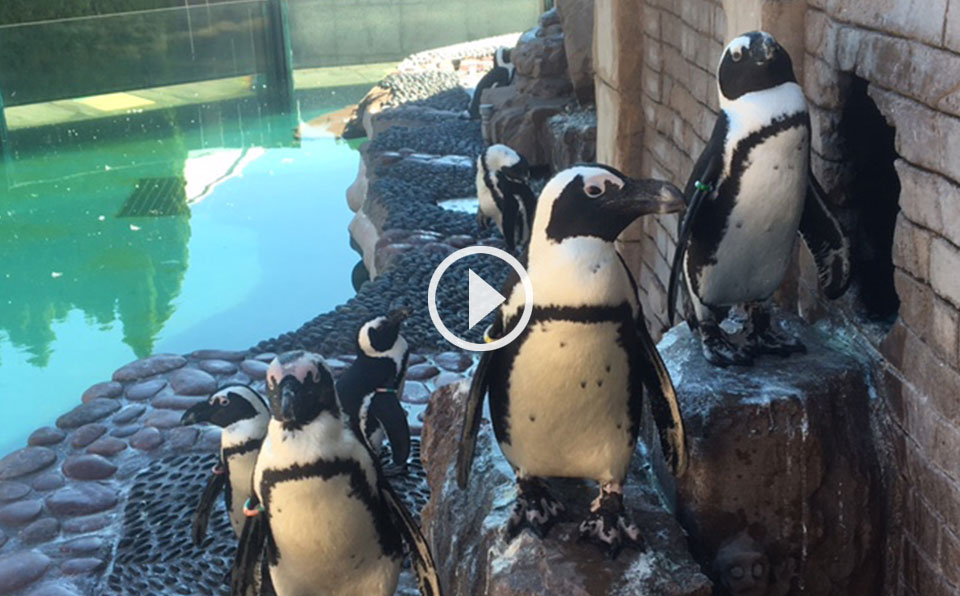Daily Events
10:15 am
Penguin Talk & Feed Session @ Penguin Pavilion
10:30 am
Sea Lion Presentation @ Sea Lion Coliseum More
11:00 am
Seal Training & Feed Session @ Seal Habitat More
11:00 am
Stingray Feed & Lecture @ Ray Bay
11:30 am
Lagoon Lecture @ Lagoon Bridge
12:30 pm
Sea Lion Presentation @ Sea Lion Coliseum More
12:45 pm
Sea Lion Selfies More
1:00 pm
Bug Encounter @ Butterflies, Bugs & Bees Habitat More
1:00 pm
River Otter Lecture @ Otter Falls
1:15 pm
Penguin Selfies @ Penguin Pavilion More
2:00 pm
Penguin Talk & Feed Session @ Penguin Pavilion
2:00 pm
Seal Training & Feed Session @ Seal Habitat
2:30 pm
Sea Lion Presentation @ Sea Lion Coliseum More
2:45 pm
Sea Lion Selfies
3:00 pm
Shark Habitat Talk (Su, Tu, W, F) and/or Feed (M, Th, Sa) @ Shark Tunnel / Mezzanine
4:00 pm
Sea Lion Presentation @ Sea Lion Coliseum
Saturday, Sunday, and Holidays Only
Additional fee limited availability
Additional fee limited availability
Upcoming Events
No event found!







